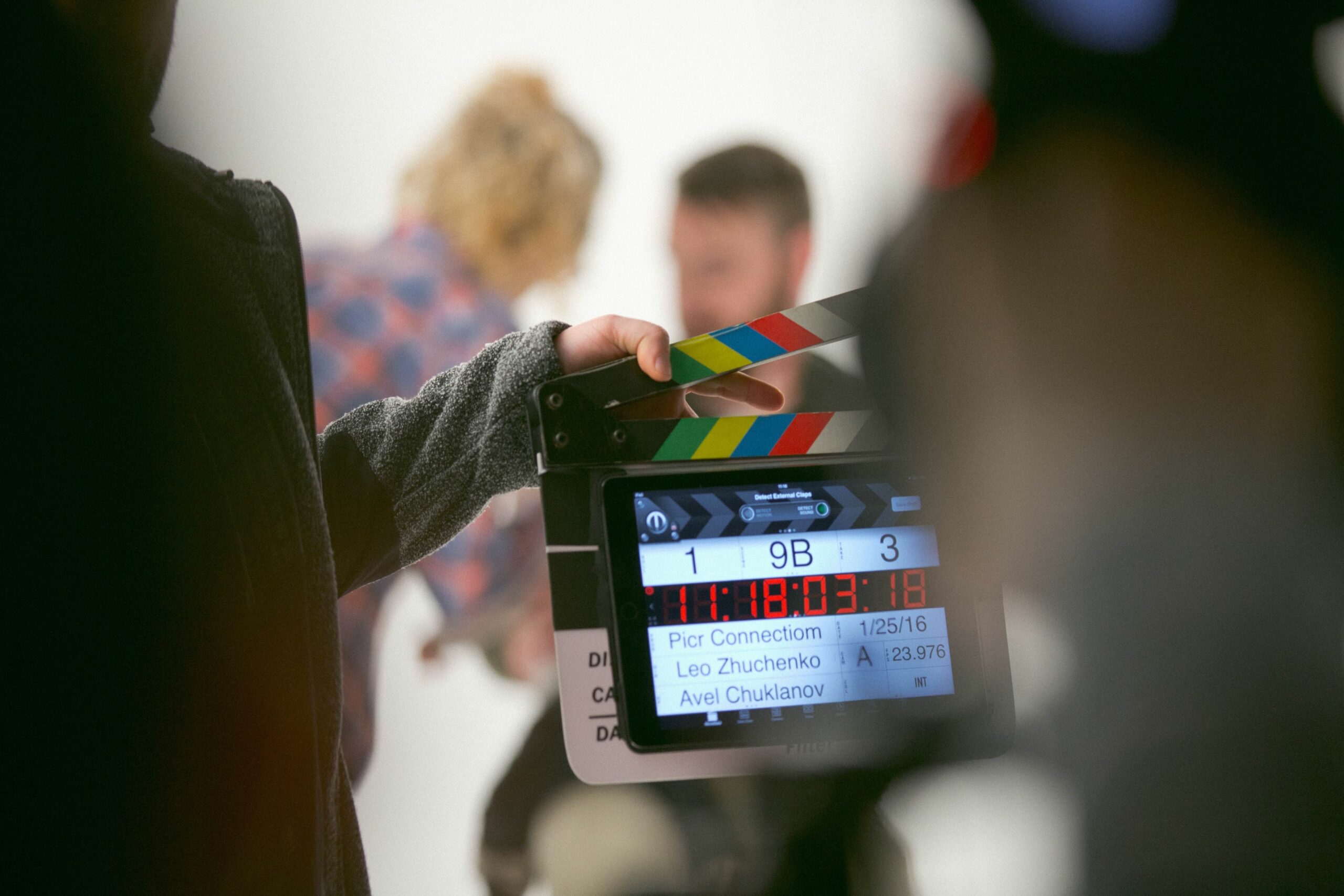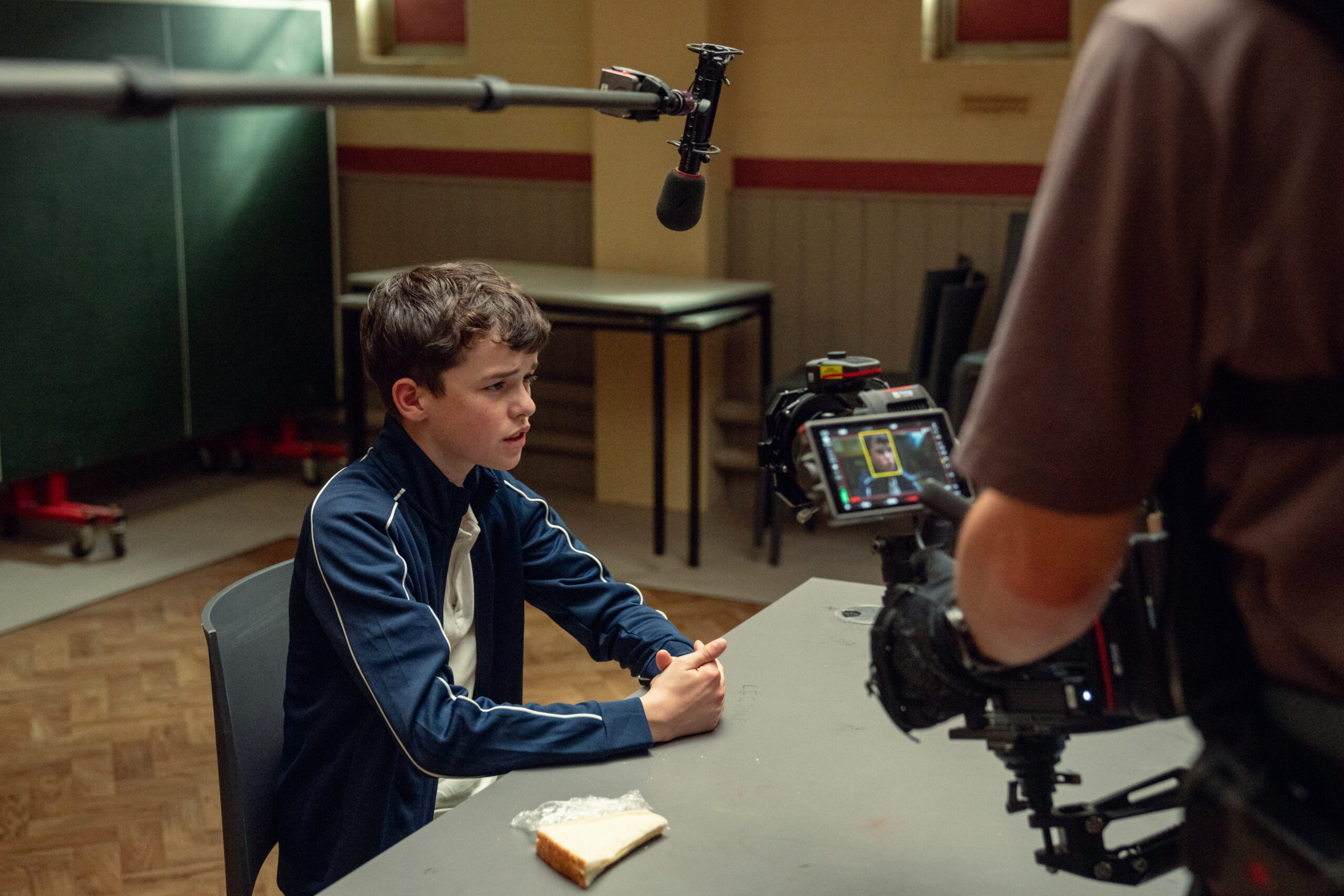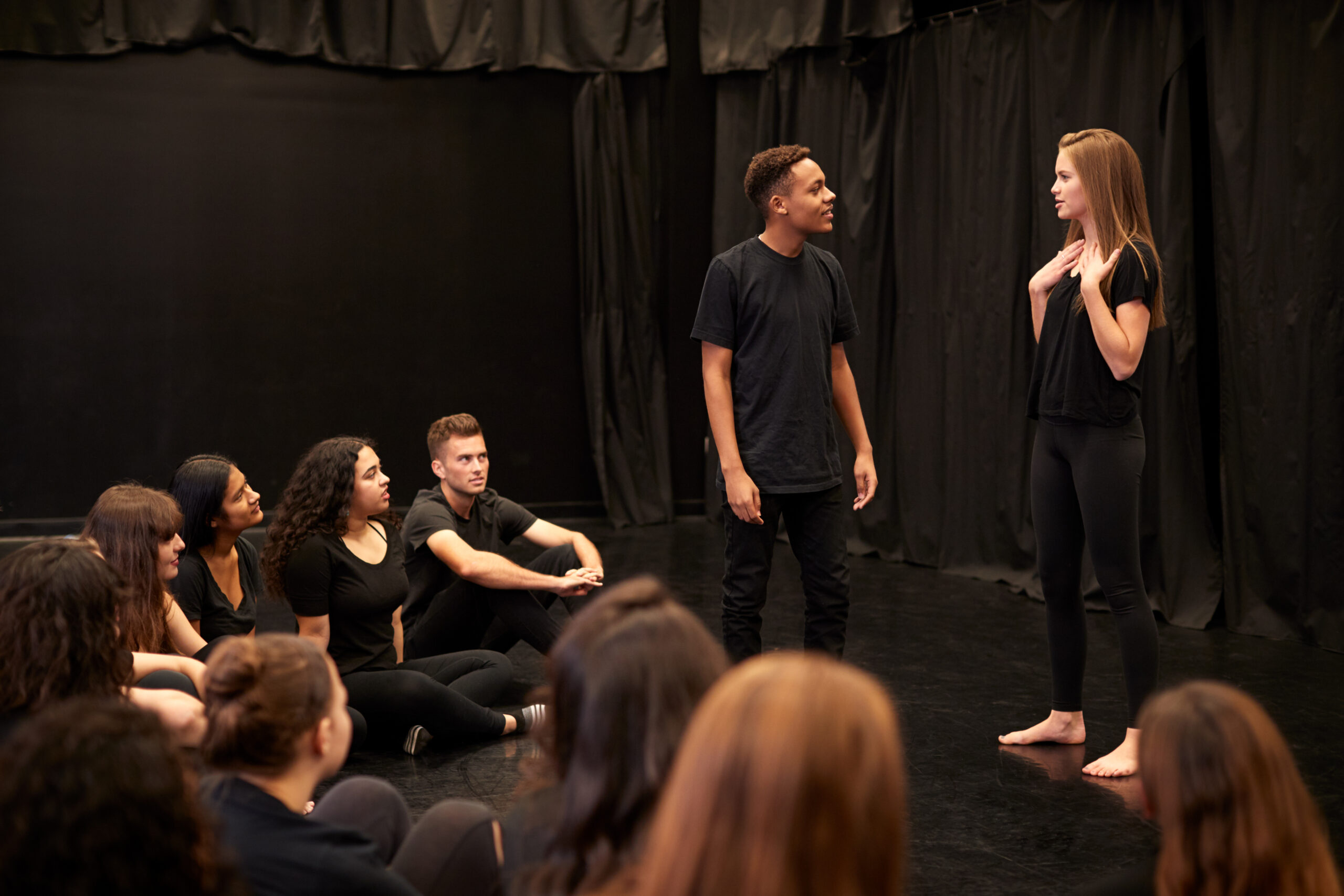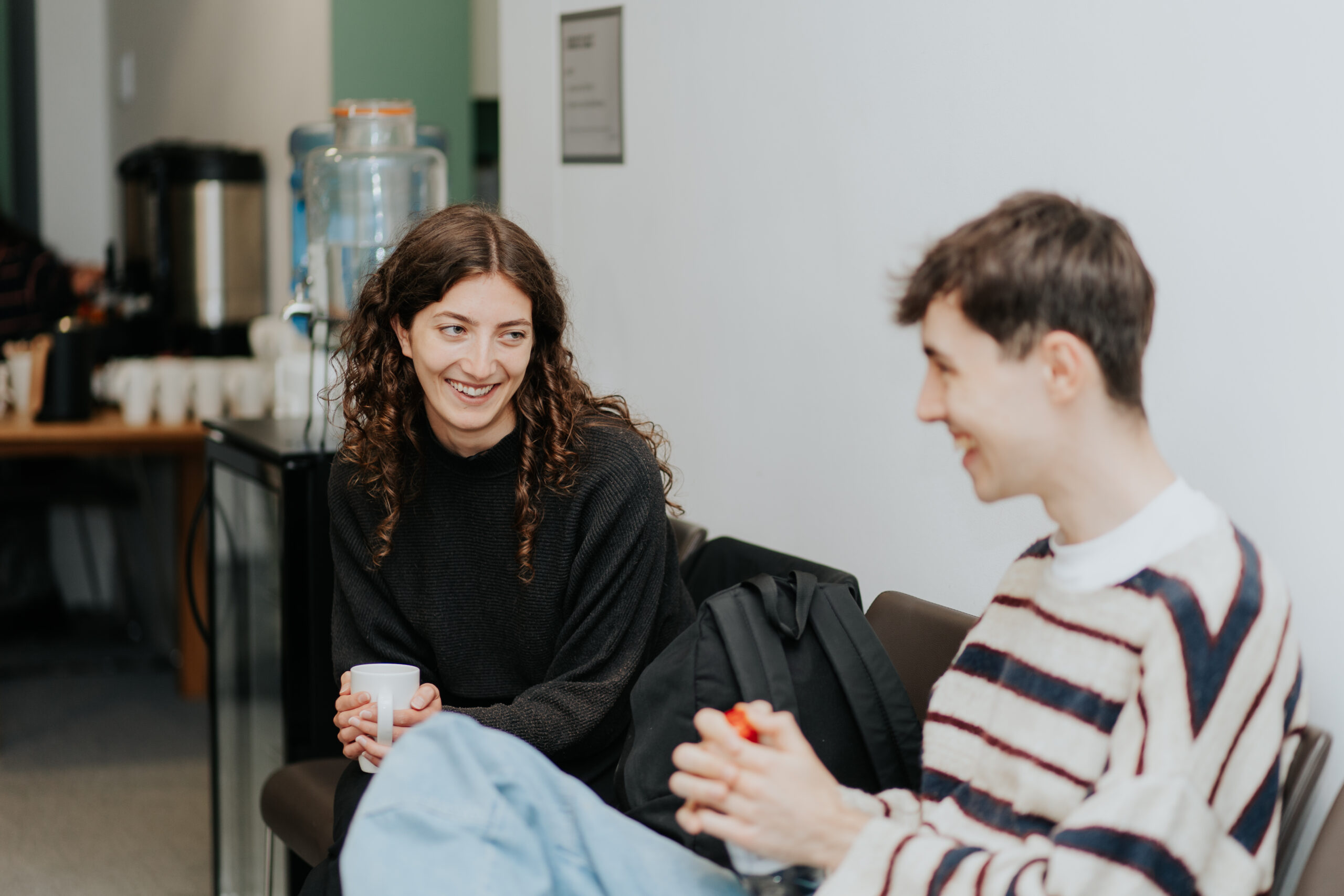When you say ‘method’… what method do you mean?
By John Currivan
I’ve found that when people talk about the craft of acting it is almost inevitable that ‘THE METHOD’ is mentioned. It is often spoke about with an air of wonder and awe, like muggles would talk about wizards, but a ‘method’ is simply a process or system that is used to achieve a desired result.
I have a method of organising my books at home, a method of eating a creme egg. And a chimp, hammering constantly on a typewriter in the hope of accidentally producing a Shakespeare script is still using some kind of method.
Before training and working as an actor I thought I knew what a ‘method actor’ was. It was someone who stayed in character at all times, offstage, offscreen and while doing their weekly shopping. During my training and after working as an actor, this clarity became blurrier, broader and less rigidly defined. So now when someone asks if I’m an actor who uses ‘THE METHOD’, I think, ‘which method?’
Know the variety of methods
I have a friend who can taste any glass of wine and identify its individual elements, flavours, tannins, acidity, body and sometimes country of origin. I also know many theatre experts who will watch a performance and notice traces of Brechtian didactism, mixed with Chekhovian psycho-physical impulses, and a subtle combination of Boal’s image theatre, Commedia dell’Arte and Artaud’s theatre of cruelty. While these might not be the most popular topics for dinner table conversations, these methodologies and techniques are important for actors to know about.
Methods in the arts are usually invisible to an audience – most people want to see the product and not the process. Just like traditional magicians, who only allow an audience to see the ‘magic’ and keep the method and technique of the trick hidden.
Whether you learn these ‘methods’ on the job, study them in drama school, or casually read about them in your spare time, these techniques are designed to help actors with their work. Knowing about and being practiced in these methods might just help you achieve new levels of performance that you previously thought impossible.
Look for the simple steps in the complex system
A lot of methods might seem complex at first, but from my experience I’ve found that most performance techniques seek to emphasise or balance out the seemingly conflicted REALISTIC and STYLISTIC facets of performing, some of which are:
- Physical expression vs psychological understanding.
- A character’s (or actor’s) inner thoughts vs outer actions.
- Presentation to an audience vs representation for an audience.
- Live spontaneity vs clear preparedness.
Now obviously these facets all feed into each other, and cannot exist in isolation, and as actors, our job is to try and balance them in our performances.
If I’m presented with a new wine, I start by noticing “Is it red or white?”. If I’m presented with a new technique, method or project, my first question is usually, “Is it more realistic or stylistic?” For scripts, I’d ask “Is the language more natural or poetic?” In rehearsals, I wonder, “Should my reactions be more organic or more heightened?” When performing, I need to know, “Is there a fourth wall or no fourth wall?”
I find that these questions are helpful, but don’t always produce hard and fast results. Certain scenes may require a natural and low-key performance with a strict fourth wall, and the next scene might require panto dame levels of exaggeration while you climb over the front rows. Reducing things down to their overly simplified elements isn’t a good thing to do forever but it is a great way to get started, and by coming to terms with the crude, simple steps of any method you can build complexity onto that and you might be surprised how your awareness changes and how colourful your performances can become.
A quick aside, as to why I think this way
This the part where guests from dinner parties fall asleep.
My reasoning for this reductionist polarisation comes from comparing, various forms of art and media over history and trying to make sense of it of why people think it’s good or not. Picasso does not paint like Da Vinci who does not paint like Van Gogh and yet all are masters who use both realistic and stylistic elements to create their work.
For theatre, I base it on two 20th Century innovators who were peers in Russia but seemed to seek polar opposite results in their productions. The first, and most popular, is Konstantin Stanislavski, founder of modern ‘method acting’, and the second is the lesser known Vsevolod Meyerhold, founder of Acting Bio-Mechanics. Put crudely, Stanislavski is known for seeking emotional, realistic, psychologically honest drama, Meyerhold sought heightened, stylistic, physically spectacular drama. Stanislavski’s ideas are present in the performances of Marlon Brando and Robert De Niro. Meyerhold’s ideas are present in a lot of modern animation, from Jim Carrey’s ‘The Mask’ to John Cleese’s ‘Ministry of silly walks’.
It should also be noted that people often refer to the ‘Stanislavski Method’, without knowing that Stanislavski changed his methods quite a lot throughout his lifetime and that Hollywood’s method actors were most likely instructed in Stanislavski’s techniques as interpreted by Stella Adler, Lee Strasberg or Sandford Meisner, each of whom set up very different schools of acting and, just like feuding disciples of a religion, all claim to be the rightful heirs of the messiah, Stanislavski’s, approach. So again… Method acting? Which method? And whose version of which method?
Explore the extremes, find a balance
Let’s face it, everyone has an opinion on what constitutes good or bad acting and there is a lot of debate about which methods work best for stage or screen. But as actors, we need to form our own opinions from our own experiences. There are many books and workshops and YouTube videos offering torrents of exercises to help us develop our methods. I urge you to find as many as you can, online, in libraries and bookshops, read them, study them and use them, if you find them useful.
I am not here to advocate any one method over the other. My belief is that there is some value in almost all established methods and since wine tasters drink lots of different wines, I feel that actors should try out lots of different acting methods, exploring their fundamental principles and their extremities to find what works for us as individuals and for the projects we are working on.
One day we might need to study a role or character in depth, attempting to walk, talk, dress and behave like them at all times, to get under their skin and offer up so much of our souls into that part that we lose sight of who we are! The next day we might need to throw all of that in the bin and pull grotesque faces, exaggerate every movement and sound to ridiculous levels, behave like an animal or wear the character like a mask that comes on and off easily and see the performance as a purely mechanical exercise.
Then, the next day, we can try to combine the two, make the piece theatrically expressive and give it an honest and grounded psychological through line. Hopefully, then we might see the many varieties and combinations of these elements offer and blend them like a winemaker would to create, reds, whites and rosés.
Oh… and the answer is, yes. We are all method actors, just not the method people think they’re talking about.
John is an Irish actor living in London. He started his career in Clondalkin Youth Theatre and trained in the Samuel Beckett Centre, Trinity College, Dublin. He has worked and toured with productions internationally, and starred in The Commitments, in the Palace theatre and on The UK and Ireland Tour. He has written scripts for radio, stage and also for comic books.
For John’s other great advice on being between acting jobs, take a look here.





